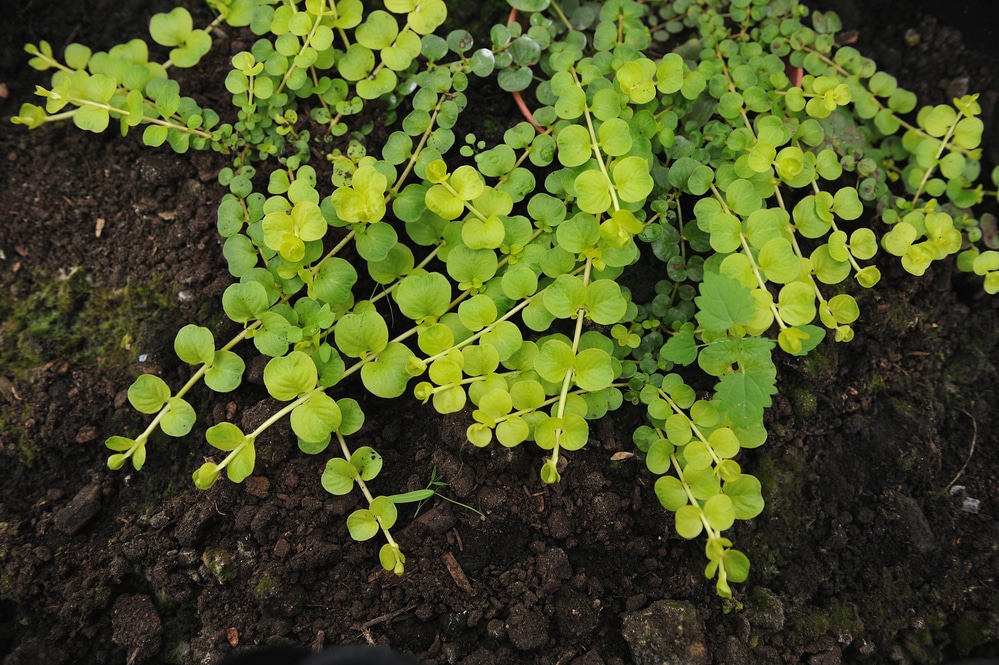Moneywort Plant: In-Depth Analysis of Growth, Care, and Benefits

Let’s skip the sugarcoating: most moneywort guides sound like it’s impossible to mess up. But here’s the reality—almost everyone I know who’s grown Lysimachia nummularia has made at least a couple of blunders no one warns you about. So let’s dive into the details they leave out and set you up for real success.

The Moneywort Myths (And Slip-Ups No One Admits To)
1. “Just Water Regularly”—But What Does That Actually Mean?
This one gets everyone, every time. Those first few weeks, you’re brimming with enthusiasm—watering religiously… until you realize your plant is either wilting or looking suspiciously yellow. What gives?
What actually happens:
Moneywort is a moisture fan, but there’s this unspoken “Goldilocks zone” between soggy feet and bone-dry roots. I learned this the messy way: in my early days, I assumed “consistently moist” meant daily watering everywhere. In shaded garden beds, that left me with mushy stems; in containers on sunny patios, my plants fried.
The real trick:
Stick your finger in the soil right next to the roots. Feels damp but not squishy? Perfect. If it feels like a wrung-out sponge, wait a day; if it’s dry even an inch down, water deeply—but don’t just sprinkle! Think slow soak.
2. Ignoring Its Creeping Ambition
It looks so cute and innocent when you plant those tiny starters—until one June morning you realize your veggie bed is being invaded by gold-green tentacles.
Everyone does this:
You think you’ll “just trim it later.” But moneywort spreads stealthily underground as well as above. By month two, it might have escaped through the fence or swallowed your favorite thyme patch (happened to me in 2020—still apologizing to my oregano).

Best fix:
Lay down physical barriers before planting near precious neighbors—a simple strip of landscape edging sunk 4 inches deep works wonders. And check monthly for runners sneaking out; yank them early, or they’ll multiply like rabbits.
3. Overlooking Sunlight Nuances
Guides always say “partial sun to shade”—but that hides how dramatically different moneywort can look depending on where you put it.
The mistake:
People plop it anywhere and call it good, then wonder why their patch looks pale and stringy while their neighbor has lush emerald mats.
What nobody tells you:
If you want those vibrant yellow highlights (moneywort’s party trick), give it at least four hours of morning sun. For classic deep green carpets? Under trees or on north sides works—but expect slower growth and less flower power.
4. Confusing It With Aquarium Moneywort
I still get messages from friends desperate about their wilting aquarium plants: “Why are my moneywort clippings dying underwater?” Here’s the secret handshake: Lysimachia nummularia is NOT aquarium-friendly—that honor goes to Bacopa monnieri, which looks similar but has totally different needs.
If you're tempted by those online forums promising easy aquatic greenery—double-check your Latin names before dunking anything!

The First-Time Fumbles (And How To Bounce Back)
Let me paint a picture from my own rookie year:
- Planted too close together: They merged into a thick mat fast—but airflow suffered and powdery mildew appeared after summer storms.
- Skipped compost: I figured these guys were so tough they didn’t need extra nutrition—within weeks, growth stalled and leaves looked tired.
- Waited too long to prune: By midsummer, I had leggy stems reaching for sunlight and bare patches underneath.
Sound familiar? Don’t sweat it! Here’s how I fixed each issue:
- Spaced new transplants at least 12 inches apart—even if gaps look awkward at first.
- Mixed in a double handful of leaf mold or compost per square foot when prepping new spots.
- Pruned aggressively in late spring and again in midsummer—the more often I trimmed errant runners, the fuller they rebounded.
Unexpected Perks (That You Only Notice After Living With Moneywort)
- Bees love it—but so do slugs after rainstorms
- Don’t panic if holes appear overnight; handpick slugs early mornings or try copper tape around containers.
- It stays evergreen in mild winters
- Woke up after a freak January thaw to find bright green patches when everything else was brown.
- Clippings root almost anywhere
- Got bare soil? Just poke trimmed bits directly into damp ground—they’ll root without fuss within ten days.
Bottom Line: Mistakes Are Part of Mastering Moneywort
Honestly? Every seasoned gardener has overwatered, underpruned, or gotten ambushed by runaway stems at some point—it’s practically a rite of passage with this plant! The upside is how forgiving moneywort can be: snip back hard and fresh growth returns; miss a watering cycle and they bounce back after rain; accidentally shade them out and they simply hunker down until conditions improve.
So next time someone says “moneywort is easy,” remember—easy doesn’t mean error-proof! Embrace your missteps as part of learning its quirks…and pretty soon that magic living carpet will feel like second nature under your care.
Got an oddball spot or tricky question? Shoot—I’ve probably muddled through something similar already!



